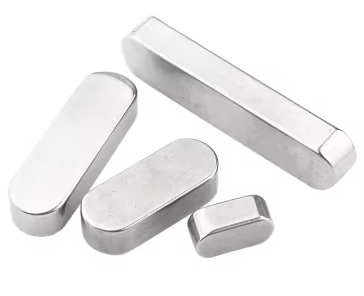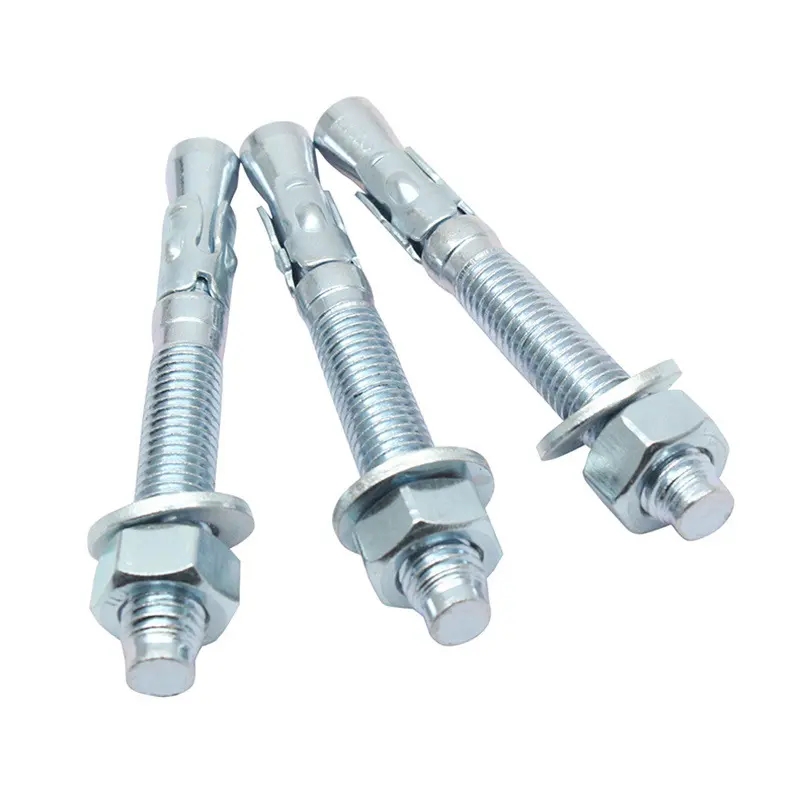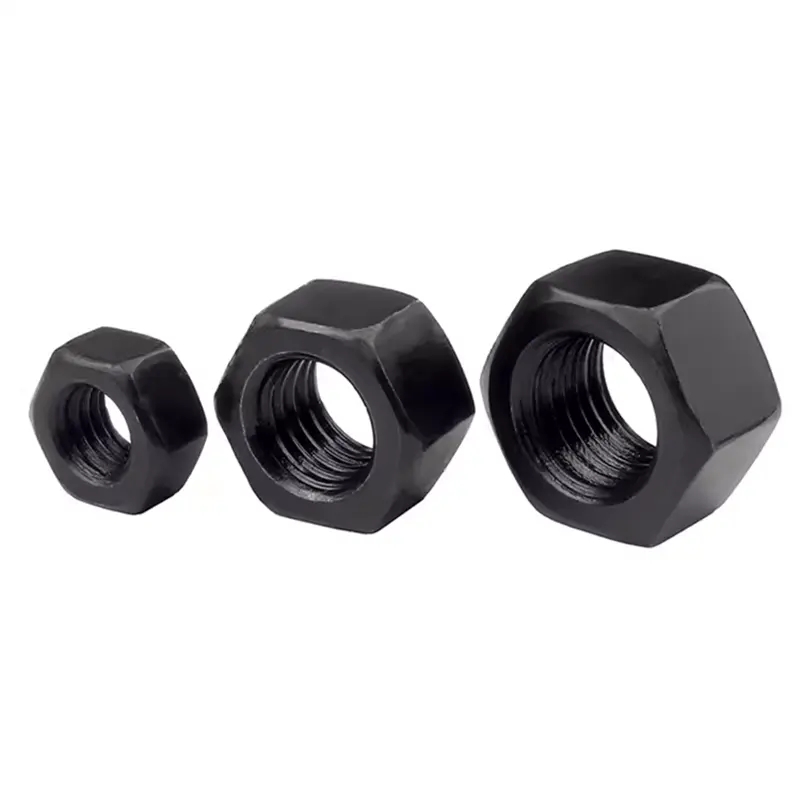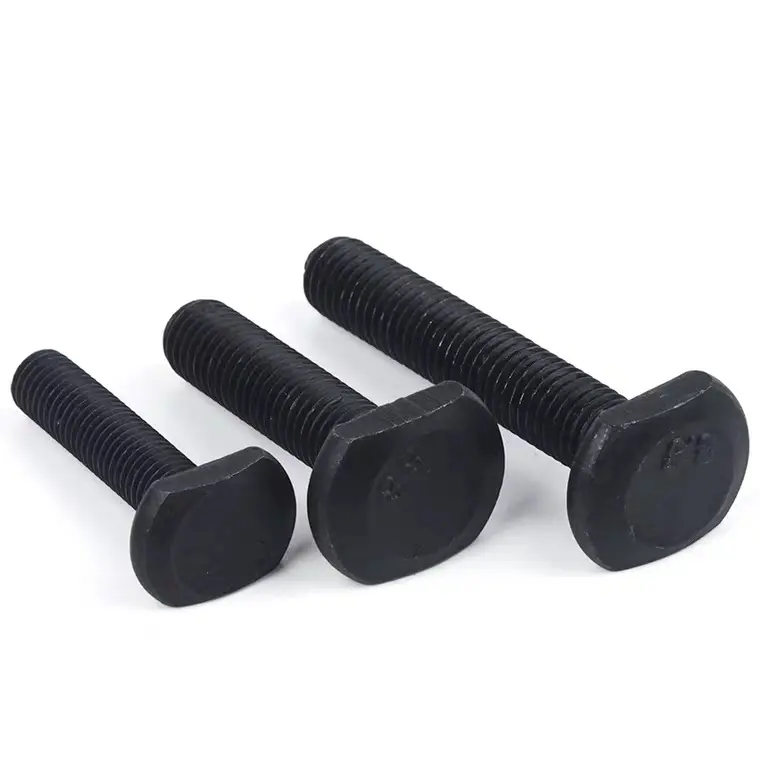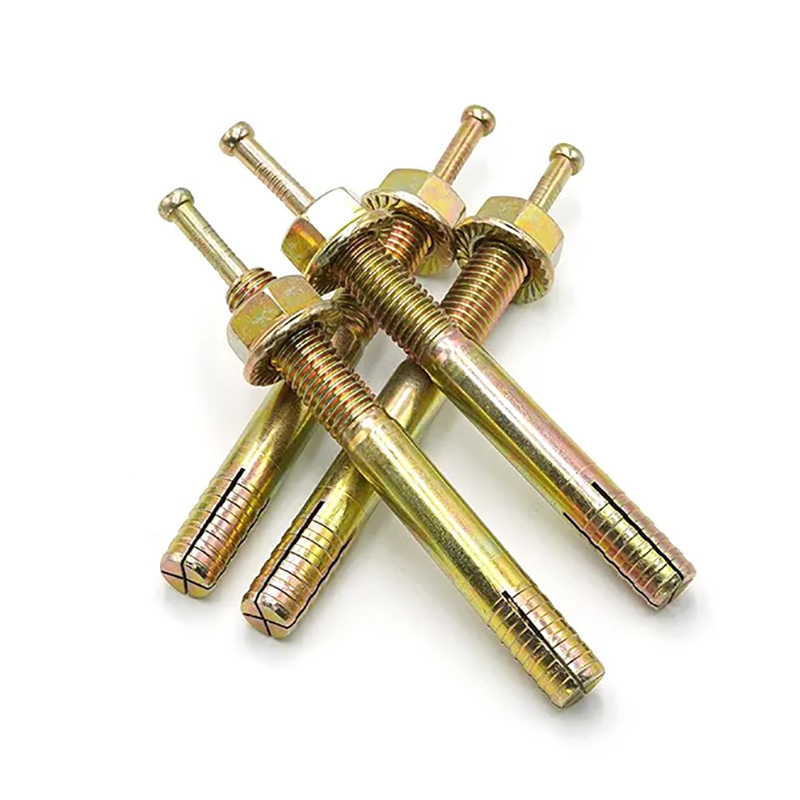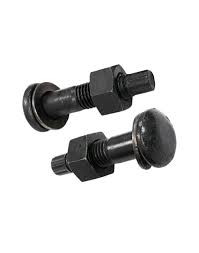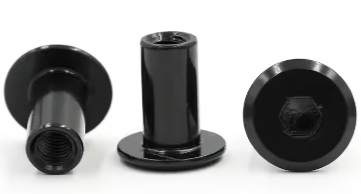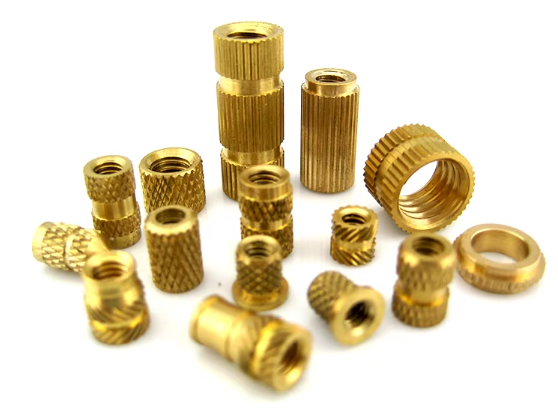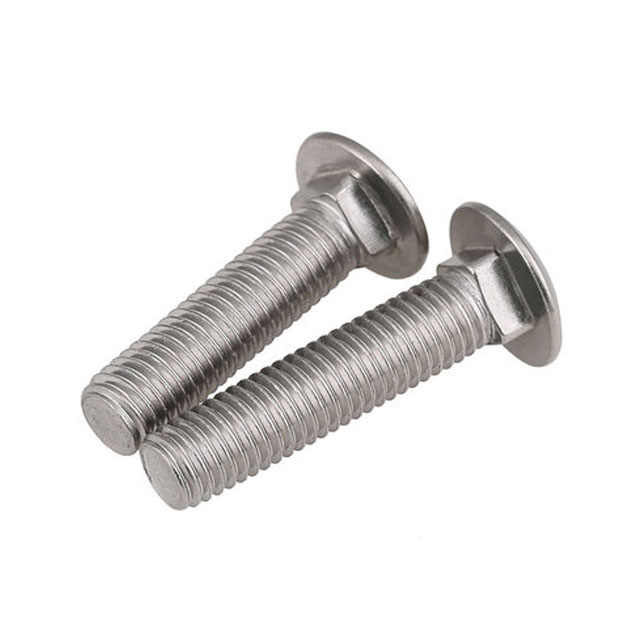

This comprehensive guide explores the design, applications, and specifications of T-shaped square neck bolts. We'll delve into their unique characteristics, comparing them to other fastening solutions and providing practical examples of their use in various industries. Learn how to select the right T-shaped square neck bolt for your specific project and ensure secure, reliable connections.
A T-shaped square neck bolt is a specialized fastener characterized by its square neck and T-shaped head. The square neck provides a positive drive, preventing the bolt from turning during installation, particularly useful in applications requiring high torque or where access is limited. The T-shaped head offers a larger surface area for wrench engagement, increasing grip and reducing the risk of damage. This unique design makes it ideal for situations demanding both precise torque control and strong clamping force.
The square neck design is the key advantage. It effectively prevents the bolt from rotating during tightening, leading to more accurate torque control and minimizing the risk of stripping or damaging the threads. This is crucial in applications where precise torque is critical for structural integrity.
The larger T-shaped head provides a more substantial surface area for wrench engagement compared to standard bolts. This improved grip reduces the chance of stripping or rounding the bolt head during installation, particularly when working in tight spaces or with high-torque applications.
The design contributes to achieving a strong and reliable clamping force, essential for maintaining the integrity of assembled components under stress. This makes them suitable for applications requiring robust and dependable fastening.
T-shaped square neck bolts find applications across various industries, including:
Specific use cases might involve securing engine components in vehicles, fastening machinery parts, or connecting structural elements in buildings.
Selecting the correct T-shaped square neck bolt involves considering several factors:
| Fastener Type | Advantages | Disadvantages | Suitable Applications |
|---|---|---|---|
| T-shaped Square Neck Bolt | Precise torque control, strong grip, prevents rotation | Potentially more expensive than standard bolts | High-torque applications, situations needing precise torque control |
| Socket Head Cap Screw | Widely available, cost-effective | Can rotate during tightening | General purpose fastening |
| Hex Head Bolt | Versatile, readily available | Can be prone to rounding | General purpose fastening |
For high-quality T-shaped square neck bolts and other fastening solutions, consider exploring suppliers with a proven track record of providing reliable products. A reputable supplier will offer a range of materials, sizes, and finishes to meet your specific needs. For example, you may want to check out Hebei Dewell Metal Products Co., LTD for their extensive selection and commitment to quality.
Remember to always prioritize safety and follow best practices when installing fasteners. Consult engineering specifications and relevant standards for your specific project.

